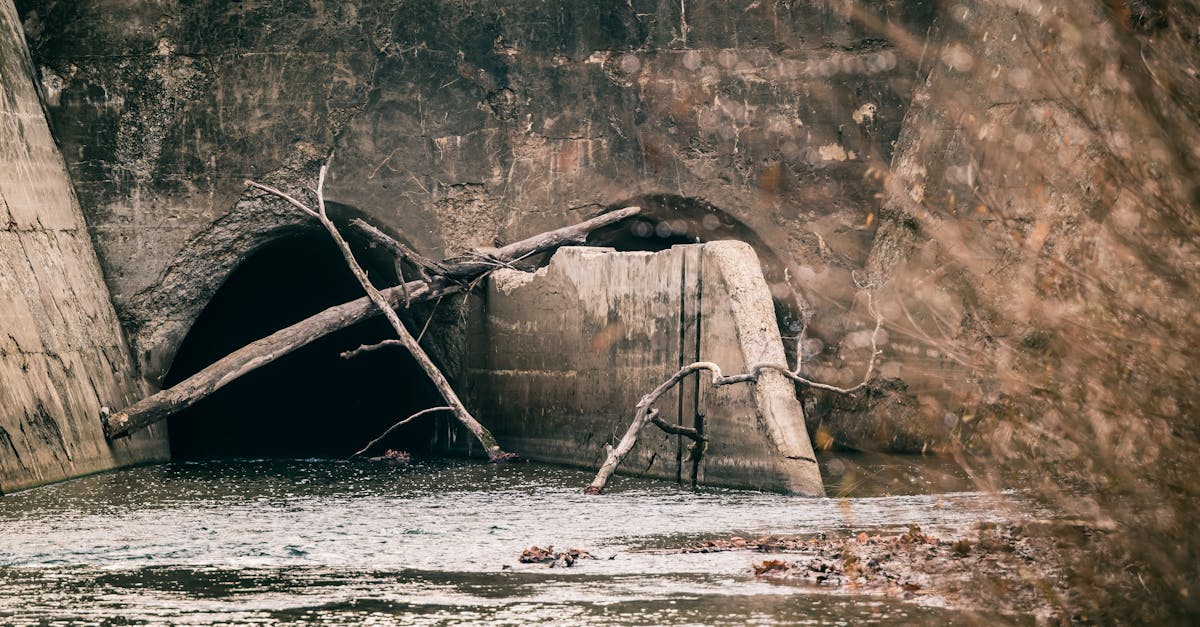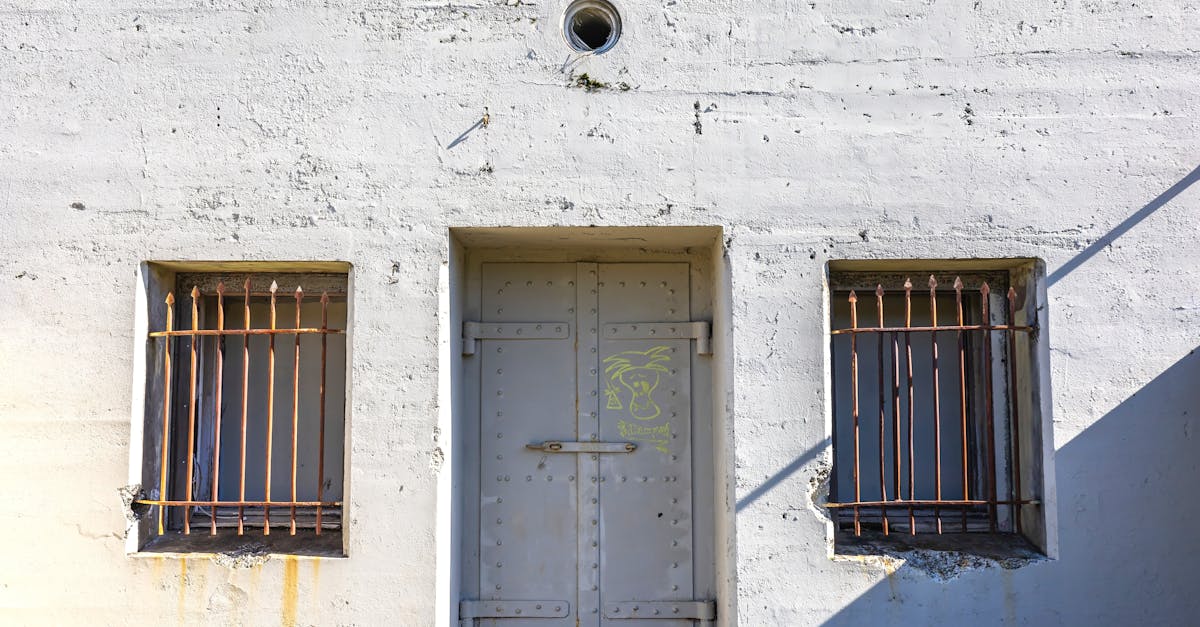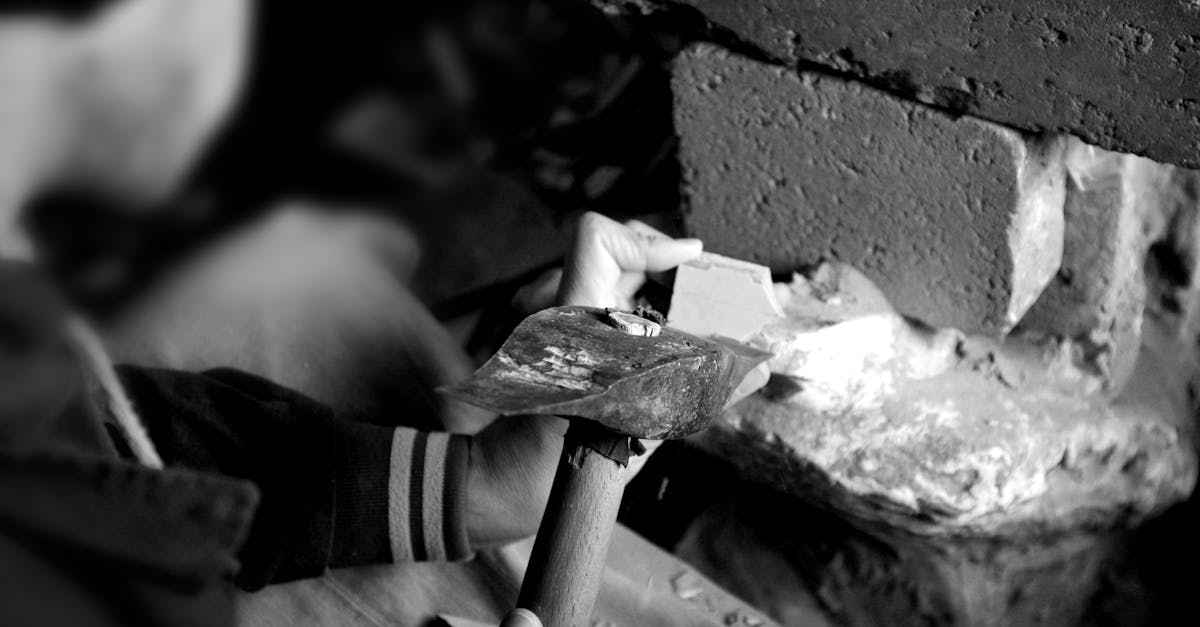
Table Of Contents
How to Choose the Right Toilet
Choosing the right toilet involves considering several important factors, such as comfort, efficiency, and style. Height and bowl shape can significantly affect user experience, with options available for standard or comfort height. Additionally, water efficiency is crucial for both environmental impact and reducing water bills, so look for toilets with a good WELS (Water Efficiency Labelling and Standards) rating. The design should also complement your bathroom's aesthetic, whether you prefer modern, traditional, or minimalist styles.
When assessing your options, it’s wise to consider features like dual-flush mechanisms and noise levels during operation. These elements can contribute to a more satisfactory experience. After deciding on a model, toilet installation and repair become the next considerations. Ensuring it is installed correctly is essential for optimal performance and longevity. Engaging a professional for installation might be prudent, especially if plumbing adjustments are required.
Factors to Evaluate Before Purchase
When considering whether to replace a 20-year-old toilet, evaluate water efficiency as a primary factor. Older models typically use more water per flush compared to modern toilets designed for efficiency. Opting for a dual-flush or low-flow model can significantly reduce water consumption, leading to lower utility bills. Additionally, assess the condition of your existing plumbing. Older pipes may require attention or replacement, impacting the overall functionality of a new toilet.
Another crucial aspect is the type of toilet that suits your bathroom layout and aesthetic preferences. Various styles, such as one-piece or two-piece models, offer different advantages in terms of space and maintenance. Assessing comfort features, such as height and bowl shape, can also enhance user experience. If contemplating changes to your plumbing, commencing a project involving toilet installation and repair will require careful planning. Always consider local regulations regarding plumbing standards when making your decision.
Installation Process Overview
The installation process for a new toilet involves a series of steps that require careful attention to detail. First, it is essential to turn off the water supply and flush the existing toilet to empty the tank. After disconnecting the water line and removing the old toilet, ensure that the flange is in good condition. A new wax ring is typically used for sealing the new toilet to the flange. Once the toilet is positioned correctly, it is then secured with bolts. Reattaching the water line and turning the water supply back on completes the installation process.
Toilet installation and repair can be approached in different ways depending on one's confidence and skill level. DIY methods may be suitable for those with some plumbing experience, but professional installation is recommended for those unsure of the process. A plumber can ensure that the installation is done correctly, helping to prevent leaks and other issues down the line. Additionally, hiring a professional can save time and provide peace of mind, knowing that the job has been handled by an expert.
DIY vs. Professional Installation
When considering toilet installation and repair, many homeowners weigh the option of handling the task themselves against hiring a professional. DIY can be appealing for those who enjoy home improvement projects and want to save on labour costs. There are numerous resources available, including online tutorials and videos, making it easier to tackle such a task. However, this approach requires a certain level of confidence and skill. Familiarity with plumbing tools and techniques is essential to avoid potential issues like leaks or improper fittings.
On the other hand, professional installation offers peace of mind and expertise. Experienced plumbers understand the intricacies of toilet installation and repair, ensuring compliance with local regulations and codes. They often have access to better materials and tools, which can enhance the quality of the installation. Hiring a professional may incur a higher upfront cost, but this investment can prevent future complications, saving time and money in the long run. Balancing these factors is crucial before making a decision on how to proceed.
Maintaining Your Toilet for Longevity
To ensure the longevity of your toilet, regular maintenance is essential. Simple tasks like checking for leaks around the base and inspecting the flush mechanism can prevent larger issues over time. Clean the toilet bowl regularly with non-abrasive cleaners to keep it free from stains and mineral buildup. Additionally, monitoring the water level in the tank ensures the toilet operates efficiently.
When it comes to toilet installation and repair, using quality parts can significantly extend the lifespan of your toilet. Replacing worn-out components, such as flappers and fill valves, can improve performance and prevent unnecessary water wastage. Staying vigilant about signs of wear, like fluctuations in flushing effectiveness, also helps maintain optimal functionality. Regular maintenance routines contribute to a reliable toilet system that serves your household for years.
Best Practices for Care and Cleaning
To keep your toilet functioning optimally, regular cleaning is essential. Use a mild detergent or a dedicated toilet cleaner to remove stains and prevent the build-up of grime. A toilet brush can help scrub under the rim and ensure no corners are missed. Avoid using harsh chemicals that can damage the porcelain or contribute to corrosion over time. Making this cleaning routine a habit promotes not only aesthetics but also longevity in your toilet's performance.
Inspecting the flush mechanism periodically can help catch issues before they escalate. Look for leaks around the base or tank, as well as any unusual sounds when the toilet flushes. If you encounter persistent problems, consider consulting a professional for toilet installation and repair services. Staying proactive about maintenance can save money in the long run and ensure your toilet remains a reliable fixture in your home.
FAQS
How can I tell if my 20-year-old toilet needs to be replaced?
Signs that your toilet may need replacement include frequent leaks, cracks in the porcelain, constant clogging, or if it’s using an excessive amount of water per flush compared to modern models.
What are the benefits of replacing an old toilet?
Replacing an old toilet can lead to improved water efficiency, reduced water bills, enhanced comfort and performance, and a more modern look in your bathroom.
Is it worth investing in a high-efficiency toilet?
Yes, high-efficiency toilets can significantly reduce water usage, which not only lowers your water bill but also contributes to environmental conservation.
Can I install a new toilet myself, or should I hire a professional?
While DIY installation is possible for those with plumbing experience, hiring a professional is recommended to ensure proper installation and avoid potential issues.
How long can I expect a new toilet to last?
A well-maintained toilet can last anywhere from 15 to 30 years, depending on the quality of the toilet and how well it is cared for.





























